
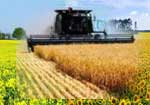
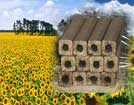
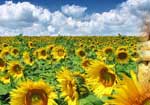

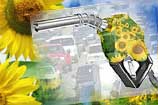

2. Pellets 8mm
3. 6-8 mm DIN+ Quality Pellets
4. We manufacture and sell fuel pellets from straw to European countries
5. Sell wood pellets
6. Wood pellet manufacturing
7. Sunflower Husk Pellets
8. Din Plus Wood Pellets
9. Export of sunflower husk pellets to the European market
10. Export of sunflower husk pellets to the European market
Banana waste as a biomass
Sat-18-2016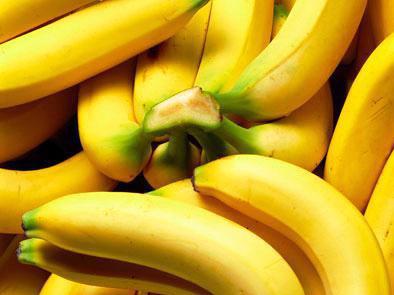
Bananas are one of the most important fruit crops in the world. A total of 106 million tons of bananas were produced in 2013 mainly in Asia (57 percent) and America (26 percent), although this fruit is known and consumed worldwide because of its availability throughout the year. Banana production is a tropical, herbaceous and perennial crop and belongs to the Musaceae family, which produces one huge flower cluster and then dies. The plant is cut to bring the crop down, thus the stem and leaves turn into lignocellulosic biomass. Once a bunch arrives at the packaging plant, the bunch rachis becomes residual biomass too.
The ratio of banana waste and product is 2:1. The lignocellulosic biomass is either left on the ground or taken to open dumps. In the first case, the process leads to maintain the soil moisture and provide organic matter, but it is a potential risk of transmission of disease and, in both cases, the lignocellulosic biomass produce greenhouse gases as they decompose.
In addition to lignocellulosic biomass there is another residue, which is the rejected fruit that has failed to meet the quality standards for its commercialization. The rejection rate may vary between 8 and 20 percent. This residue is used for animal feed, but the majority of the producers prefer to leave these residues to decompose outdoors for economic reasons.
Power stations working from biomass and bioethanol production from rejected bananas
Considering all this data, UPM researchers, led by Professor María Dolores Curt, assessed the case study of Ecuador, which is the largest exporter of bananas in the world, covering the 29 percent of exports worldwide. Researchers used geographic information systems to carry out the study. This methodology is widely used to estimate the crop production.
The sampling and field data collection were carried out in the region of El Oro (Ecuador), in order to establish the correlation between residue and product. The chemical composition of biomass and the lower heating value were analyzed in a lab.
As a result, researchers established that Ecuador has 224,137 hectares under cultivation and 59,914 hectares of the total are concentrated in the northwestern in the province of El Oro. Because crops are concentrated in a same region, the potential location of a processing plant is much easier to set.
By analyzing secondary data, researchers estimated that transporting biomass is viable up to a maximum distance of 20 km, and consequently they also estimated the exploitable area. Researchers restricted the amount of biomass that can be used for energy purposes, suggesting that the 36 percent of the residues are used for agriculture. Finally, they proposed two locations for power stations from lignocellulosic biomass and bioethanol production from rejected bananas.
Results show that the exploitable potential area would be 38,604 hectares producing 190,102 tons per year of discarded bananas (fresh matter) and 198,602 ha of lignocellulosic biomass (dry matter). As a result, 19 millions of liters of bioethanol could be produced and the installed power of the two power plants could reach 18 megawatts.
Source: http://ukrfuel.com/news-banana-waste-as-a-source-of-bioenergy-128.html
Any copying and distributing withoutactive hyperlink is strictly prohibited!
Views: 3515
 Stobart biomass division is to make a deal
Stobart biomass division is to make a deal
Biomass Related News
- German wood pellets have fallen in price in the first quarter of the year 2015
- Electricity generation from biomass
- Carlisle Business Park is to produce 15 million gallons of biofuel a year
- Banana waste as a biomass
- Increase the funds of biobased products
- 40000 solar panels are to be installed in Wales
- Firefighters is training how to deal with solar panels
- 'Neutral' position of Drax in EU
- Wheatfield government provides solar panel moratorium
- Benzenes production from biomass: new research
|
© Ukrainian Biofuel Suppliers 2008-2024 |
